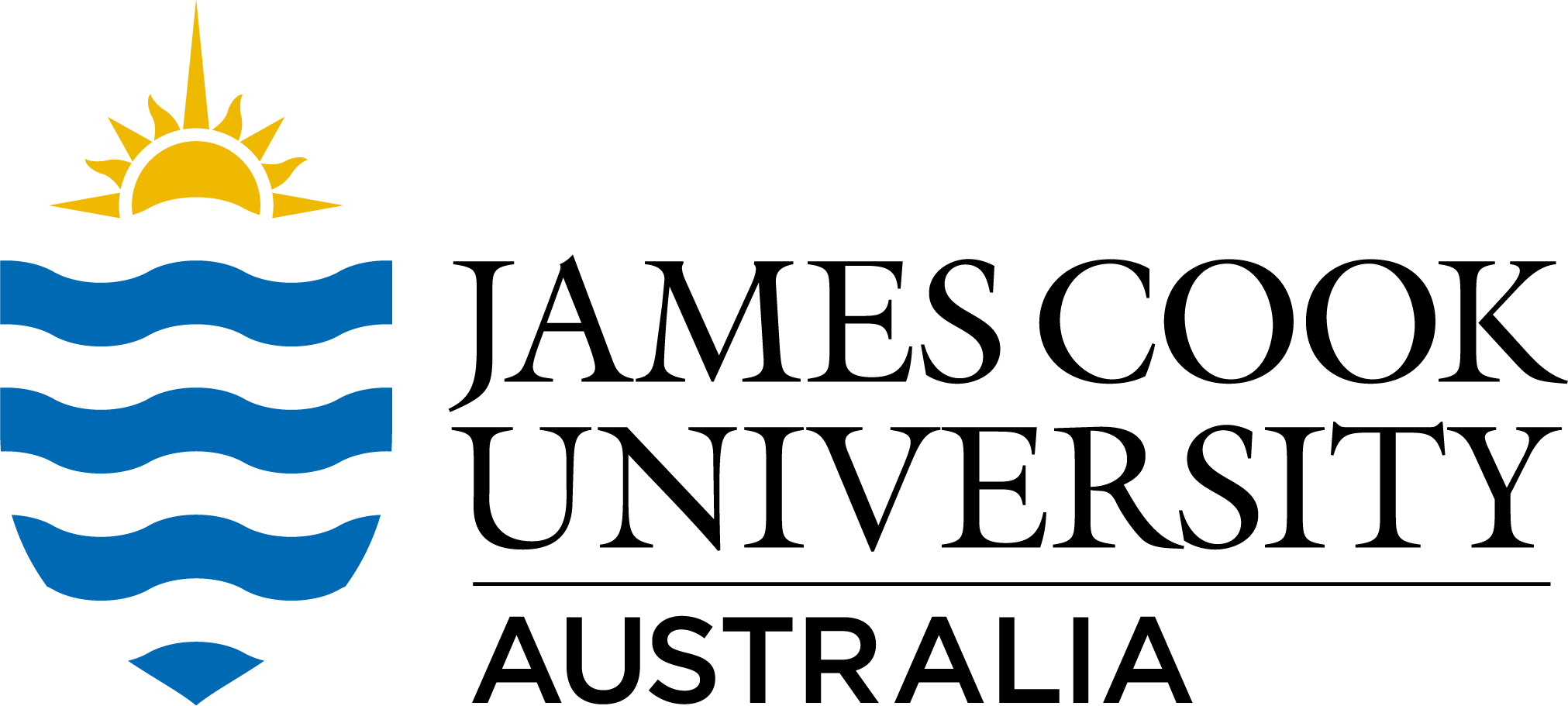Full description
Data consists of 4 files:
All trout OEC curve data and fits: These are the values, standard errors, and curve fits for all oxygen equilibrium curves for trout determined from this study. All are plotted in Fig. 1A.
Human oxygen equilibrium curves from the literature: This exercise took into consideration data from Itoh et al., 2001, Winslow et al., 1977, and Roughton and Severinghaus, 1973 to make human oxygen equilibrium curves that would eventually inspire the analyses for this paper.
All trout delta PO2 values: All of these values were calculated directly from the oxygen equilibrium curves, i.e. by subtracting exact values from curve to curve. These values were then plotted for Fig. 1B.
All human delta PO2 values: These human delta PO2 values were calculated by fitting data from Tyuma and Ueda, 1975 with the Equation 1 in the manuscript. These values are graphically displayed in Fig. 1B.
Abstract [Related Publication]: The teleost fishes represent over half of all extant vertebrates; they occupy nearly every body of water and in doing so, occupy a diverse array of environmental conditions. We propose that their success is related to a unique oxygen (O2) transport system involving their extremely pH-sensitive haemoglobin (Hb). A reduction in pH reduces both Hb-O2 affinity (Bohr effect) and carrying capacity (Root effect). This, combined with a large arterial-venous pH change (ΔpHa-v) relative to other vertebrates, may greatly enhance tissue oxygen delivery in teleosts (e.g., rainbow trout) during stress, beyond that in mammals (e.g., human). We generated oxygen equilibrium curves (OECs) at five different CO2 tensions for rainbow trout and determined that, when Hb-O2 saturation is 50% or greater, the change in oxygen partial pressure (ΔPO2) associated with ΔpHa-v can exceed that of the mammalian Bohr effect by at least 3-fold, but as much as 21-fold. Using known ΔpHa-v and assuming a constant arterial-venous PO2 difference (Pa-vO2), Root effect Hbs can enhance O2 release to the tissues by 73.5% in trout; whereas, the Bohr effect alone is responsible for enhancing O2 release by only 1.3% in humans. Disequilibrium states are likely operational in teleosts in vivo, and therefore the ΔpHa-v, and thus enhancement of O2 delivery, could be even larger. Modeling with known Pa-vO2 in fish during exercise and hypoxia indicates that O2 release from the Hb and therefore potentially tissue O2 delivery may double during exercise and triple during some levels of hypoxia. These characteristics may be central to performance of athletic fish species such as salmonids, but may indicate that general tissue oxygen delivery may have been the incipient function of Root effect Hbs in fish, a trait strongly associated with the adaptive radiation of teleosts.
The full methodology is available in the Open Access publication from the Related Publications link below.
Notes
This dataset is available from Dryad in MS Excel (.xlsx) format. Dryad data package: Rummer JL, Brauner CJ (2015) Data from: Root effect haemoglobins in fish may greatly enhance general oxygen delivery relative to other vertebrates. Dryad Digital Repository. https://doi.org/10.5061/dryad.d0325
Created: 2015-10-09
User Contributed Tags
Login to tag this record with meaningful keywords to make it easier to discover
- Local : researchdata.jcu.edu.au//published/5c1cbfaac56039f74dfd94c8602144ad
- Local : 30b3eee04743faaac8f1b376d8cf6d70


